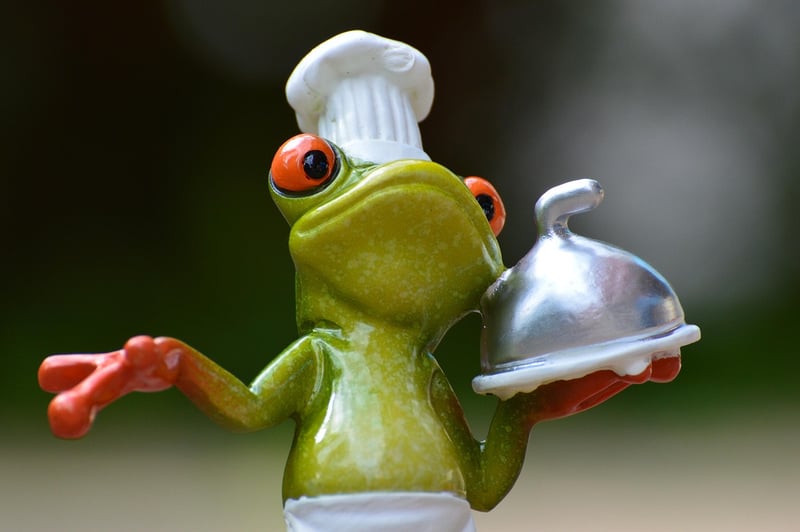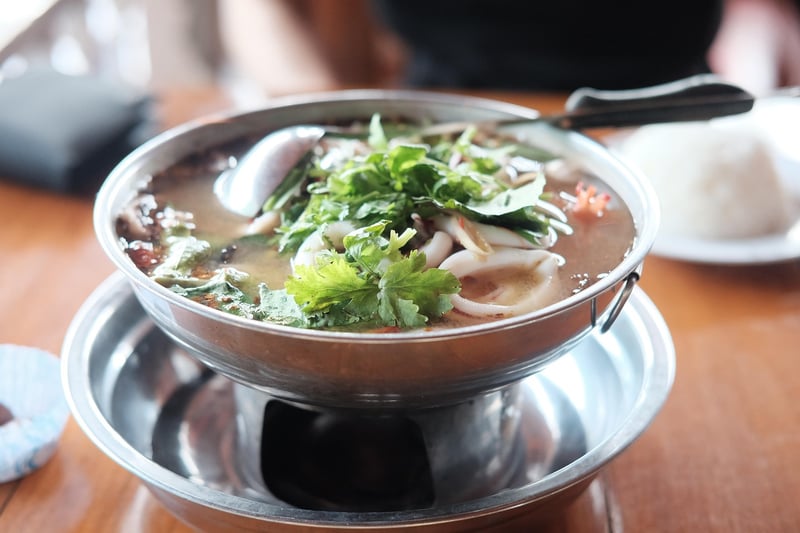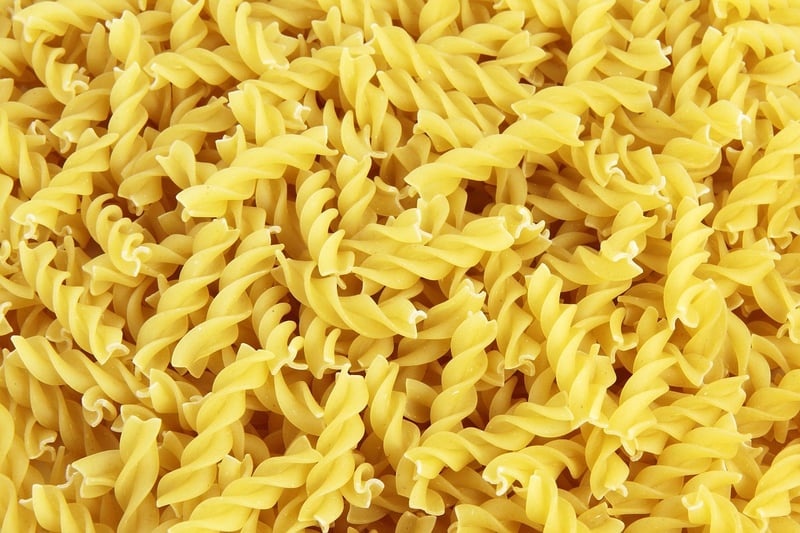Contrasting Elements
The Art of Mixing and Matching Flavors: Creating Contrast in Your Dishes
When it comes to culinary creations, mastering the art of mixing and matching flavors can take your dishes to a whole new level. One key technique that can elevate your cooking is the use of contrasting elements. By combining flavors that are different yet complementary, you can create dishes that are complex, interesting, and exciting to the palate.
Contrasting Sweet and Savory
One classic example of contrasting flavors is the combination of sweet and savory elements. Imagine a dish that pairs succulent honey-glazed pork with a tangy apple chutney. The contrast between the sweetness of the honey and the savory richness of the pork creates a harmonious balance that delights the taste buds.

Playing with Textures
Another way to create contrast in your dishes is by playing with textures. Consider a crispy fried chicken served with a creamy coleslaw. The crunchiness of the chicken against the creaminess of the coleslaw adds a delightful textural contrast that enhances the overall dining experience.

Balancing Spicy and Sour
Spicy and sour flavors can also create an exciting contrast in your dishes. Picture a zesty Thai Tom Yum soup with its fiery chili kick balanced by the sourness of lime juice. The interplay between the two contrasting flavors creates a dynamic taste sensation that keeps you coming back for more.

Exploring Cultural Fusion
Don't be afraid to experiment with cultural fusion to create unique flavor contrasts. Try mixing Italian pasta with Asian-inspired flavors or incorporating Middle Eastern spices into your traditional dishes. Embracing diversity in your culinary creations can lead to unexpected and delightful flavor combinations.

Mastering the art of mixing and matching flavors with contrasting elements opens up a world of culinary possibilities. So, get creative in the kitchen, experiment with different flavor combinations, and let your taste buds guide you on a flavorful journey!